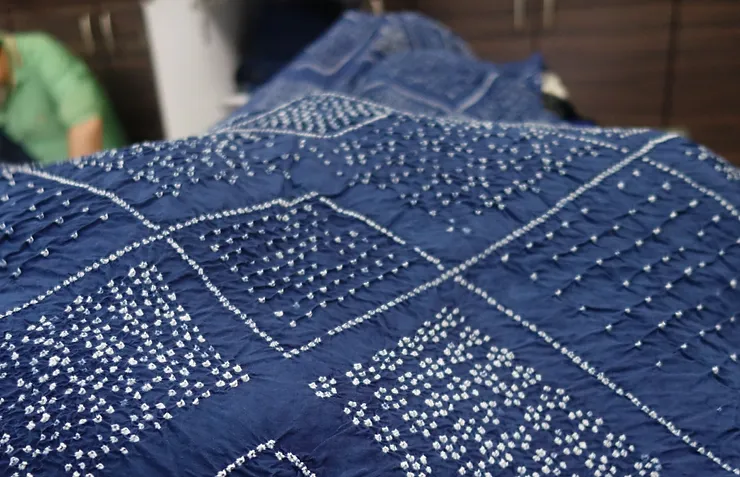Exploring the Global Market for Indigo Blue Powder Exportation and Its Growing Significance
Indigo Blue Powder Exporters A Deep Dive into the Global Market
Indigo blue, derived from the indigo plant, has been cherished for centuries for its rich, vibrant hue. This historical dye has transcended its traditional uses and transformed into a commercial powerhouse in the global market, creating an increasing demand for indigo blue powder. As we explore the world of indigo blue powder exporters, we will uncover the dynamics of the market, its ecological implications, and the role of technology in this industry.
The Market for Indigo Blue Powder
Indigo blue powder finds applications in a variety of industries including textiles, cosmetics, and art supplies. The textile industry holds the largest share, utilizing indigo dye for denim and other fabric applications. The resurgence of sustainable and eco-friendly practices has further driven the demand for natural dyes, pushing indigo blue powder back into the limelight as consumers grow more conscious about the environmental impact of synthetic dyes.
Exporters of indigo blue powder are predominantly found in countries with a rich heritage of indigo cultivation, such as India, Peru, and several African nations. Indian exporters, in particular, dominate the market, leveraging their historical expertise and favorable climatic conditions for indigo cultivation. With the increasing global demand, these exporters are focusing on quality and sustainability, ensuring that their products meet international standards.
Eco-friendly Practices
The shift towards eco-friendly practices in dyeing processes cannot be overstated. Traditional synthetic dyes often leave a detrimental environmental footprint, prompting brands to seek sustainable alternatives. Indigo blue powder fits this narrative perfectly, especially when produced through organic farming methods. The growing preference for organic products has led many exporters to adopt sustainable practices in cultivation, processing, and distribution.
Moreover, the environmental practices of indigo powder exporters go beyond cultivation; many are also engaging in sustainable water management and waste reduction ideas. Brands with a commitment to ethical sourcing are increasingly favored by consumers. As a result, exporters who prioritize sustainability not only improve their market appeal but also enhance the entire industry’s reputation.
indigo blue powder exporters

The Role of Technology
Innovation and technology have played a pivotal role in revolutionizing the indigo blue powder market. Modern extraction techniques have enhanced the efficiency of indigo processing, thereby maximizing yields while minimizing wastage. Automated systems in sorting and packaging not only increase productivity but also ensure consistent quality, a critical factor for export markets.
In addition, digital marketing has transformed how indigo powder exporters reach global clients. By leveraging online platforms, exporters can showcase their products to a broader audience, creating opportunities for small and medium-sized enterprises. This digital presence helps producers build their brand stories around sustainability and quality, connecting directly with consumers who prioritize these values.
Challenges and Opportunities
Despite the promising prospects of the indigo blue powder market, exporters face several challenges. Fluctuating raw material prices, climate change impacts, and competition from synthetic dyes are pressing issues. The volatility in global markets necessitates adaptability, innovative solutions, and strong relationships with stakeholders across the supply chain.
However, the increasing global shift towards sustainability presents a monumental opportunity for indigo blue powder exporters. By capitalizing on this trend and continuing to develop high-quality, eco-friendly products, these exporters can secure a significant position in the market. Building strong partnerships with international brands committed to sustainability can amplify their reach and influence, ultimately leading to the growth of the indigo blue powder market.
Conclusion
Indigo blue powder exporters are at the nexus of tradition and modernity. With a rich historical background and the promise of sustainable development, they are well-positioned to thrive in the evolving global market. As the demand for natural and eco-friendly products continues to rise, the future looks bright for indigo blue powder and its exporters, who play a vital role in promoting a more sustainable world.
-
The Timeless Art of Denim Indigo Dye
NewsJul.01,2025
-
The Rise of Sulfur Dyed Denim
NewsJul.01,2025
-
The Rich Revival of the Best Indigo Dye
NewsJul.01,2025
-
The Enduring Strength of Sulphur Black
NewsJul.01,2025
-
The Ancient Art of Chinese Indigo Dye
NewsJul.01,2025
-
Industry Power of Indigo
NewsJul.01,2025
-
Black Sulfur is Leading the Next Wave
NewsJul.01,2025

Sulphur Black
1.Name: sulphur black; Sulfur Black; Sulphur Black 1;
2.Structure formula:
3.Molecule formula: C6H4N2O5
4.CAS No.: 1326-82-5
5.HS code: 32041911
6.Product specification:Appearance:black phosphorus flakes; black liquid

Bromo Indigo; Vat Bromo-Indigo; C.I.Vat Blue 5
1.Name: Bromo indigo; Vat bromo-indigo; C.I.Vat blue 5;
2.Structure formula:
3.Molecule formula: C16H6Br4N2O2
4.CAS No.: 2475-31-2
5.HS code: 3204151000 6.Major usage and instruction: Be mainly used to dye cotton fabrics.

Indigo Blue Vat Blue
1.Name: indigo blue,vat blue 1,
2.Structure formula:
3.Molecule formula: C16H10N2O2
4.. CAS No.: 482-89-3
5.Molecule weight: 262.62
6.HS code: 3204151000
7.Major usage and instruction: Be mainly used to dye cotton fabrics.

